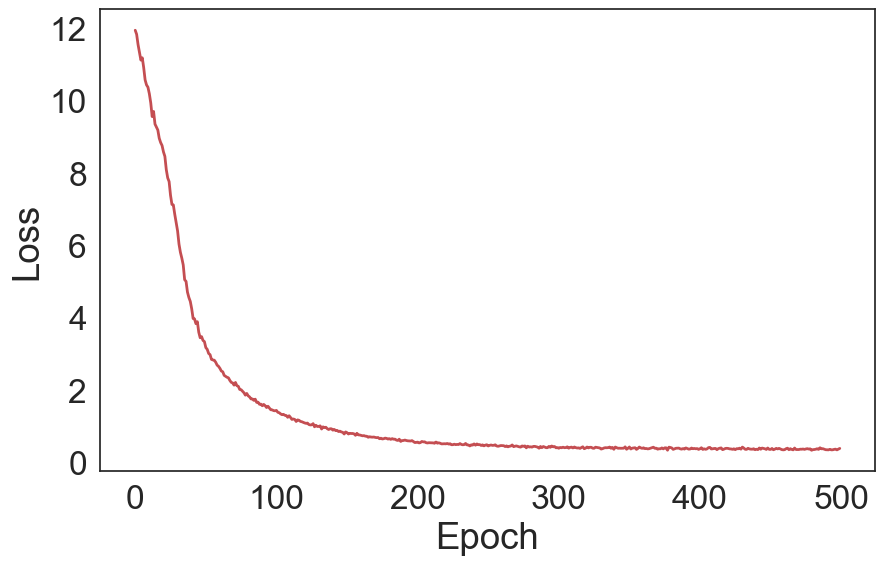Natural Language Processing algorithms
This repository contains a collection of Natural Language Processing algorithms, starting from the basic preprocessing and embedding algorithms to actual NLP models.
Before you start, please make sure you have the required packages installed, it is suffficient to run in your environment:
sh install.shin order to install all the required packages, whose complete list is in the requirements.txt file.
The repository is divided into different folders, each of which contains the algorithms, examples and basic datasets to test the model proposed.
Overview
Tokenization
The tokenization is the first step of the preprocessing, it is the process of breaking the text into a sequence of tokens. It is indeed a very important step in any NLP model, since it allows to clean up the corpus and make it easier for any other algorithm to learn from it. In tokenization we exemplifies the use of several packages from the Natural Language Toolkit (NLTK) and provide function to have a fast access to those methods.
Embedding
In order to deal wirth words in any NLP model, we need to embed them into a vector space. We provide an interface that implements s particular type of model called Word2Vec, which uses NN to find vector representations of words on the basis of their semantic meaning. In particular, we rearranged the code available here in a class that performs an automatic preprocessing of the corpus and provides an easy interface to create and train the model.
An example of possible results from training follows (trained with 500 epochs on the test corpus provided):
Language Modelling
Language modeling is the task of predicting which word comes next in a sequence of words, these models can be seen as generative models that assign probability to a piece of text.
Ngram model
A classical, in the sense that it does not relie on NN, but still interesting model is represented NGram model. The idea idea behind the Ngram model is to approximate the probability of a word by conditioning only on the past N-1 words. In ngram we provide an interface to train and test a classical language model: NGram model.
Neural Language Model
A neural language model is a generative model that uses a sequence of words as input to predict the following word. We provide a class that implements a neural language model based on a feed forward NN. See neural_language_model for more details.
Note: there is an issue in the training to fix

